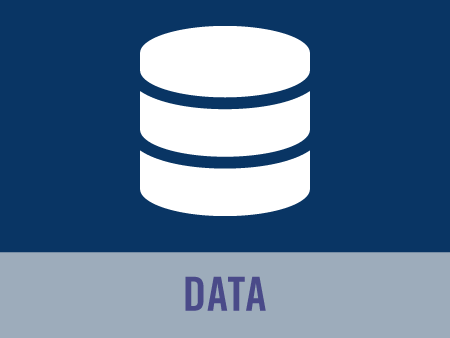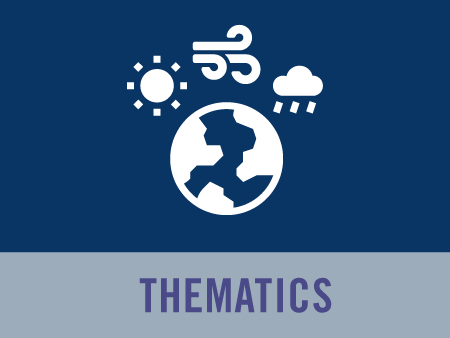2008 New Release of Satellite Turbulent Fluxes
The entire 16-year surface turbulent fluxes estimated from satellite observations are reprocessed. The main improvements with respected to previous products are related to the assessment of the surface winds retrieved from ERS-1, ERS-2, and QuikSCAT scatterometers, and to the use of the new NOAA sea surface temperature estimates. The latter are daily-averaged and 0.25° in longitude and latitude over the global ocean. The new turbulent fluxes are estimated using Fairall et al (2003) bulk algorithm. The resulting weekly and monthly 10-m wind speed (W), 10-m specific air humidity (Qa), 10-m air temperature (Ta), wind stress (tau), latent heat flux (LHF), and sensible heat (SHF) flux fields are first validated against weekly and monthly averaged in-situ data. At global scale, the spatial and temporal satellite flux patterns are compared to those from HOAPS3, OAFLUX, ECMWF, and ERA40 fluxes.
The entire 16-year surface turbulent fluxes estimated from satellite observations are reprocessed. The main improvements with respected to previous products are related to the assessment of the surface winds retrieved from ERS-1, ERS-2, and QuikSCAT scatterometers, and to the use of the new NOAA sea surface temperature estimates. The latter are daily-averaged and 0.25° in longitude and latitude over the global ocean. The new turbulent fluxes are estimated using Fairall et al (2003) bulk algorithm. The resulting weekly and monthly 10-m wind speed (W), 10-m specific air humidity (Qa), 10-m air temperature (Ta), wind stress (tau), latent heat flux (LHF), and sensible heat (SHF) flux fields are first validated against weekly and monthly averaged in-situ data. At global scale, the spatial and temporal satellite flux patterns are compared to those from HOAPS3, OAFLUX, ECMWF, and ERA40 fluxes.
Data and documentation are available at ftp://ftp.ifremer.fr/ifremer/cersat/products/gridded/flux-merged










